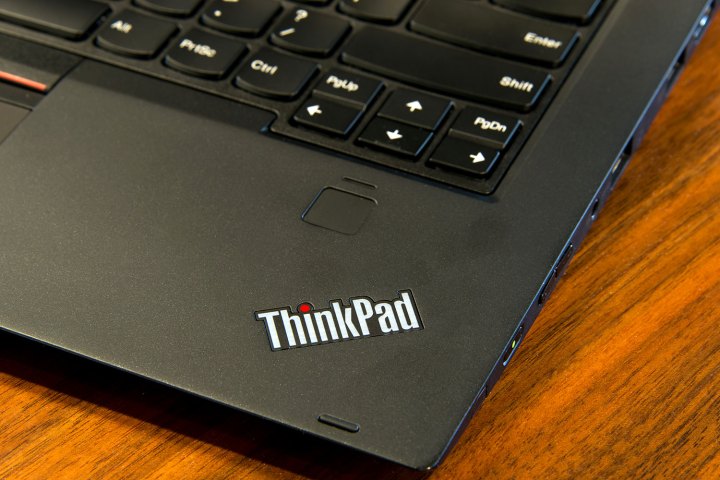
The report was provided by Trustwave’s Martin Rakhmanov, and reveals that the vulnerabilities in this specific Lenovo software suite allows “unprivileged” local users to run arbitrary code with the highest system-level privileges. Typically, only the administrator has full system access, but the problem allows any non-administrator account on the computer to be used to hack the system.
The exploits were discovered in Lenovo Solution Center version 2.8.006 but affects all versions prior to 3.3.0002. Hackers can simply open up the Command Prompt to launch the Lenovo Solution Center service, or launch the Lenovo System Health and Diagnostics application through the Control Panel. After that, the hackers can enter a specific URL in any web browser and pull up the Device Manager running as LocalSystem instead of the current non-administrative user.
With Device Manager now loaded, hackers can install a new “driver” that will execute whatever code they choose in user mode or kernel mode. However, the report said that the kernel mode drivers must be signed by default whereas the user mode drivers can run as a LocalService account. To execute the code, hackers must create a “dummy” driver with an INF file that points back to a malicious DLL file stored on the hard drive.
That said, hackers merely use the “Add legacy hardware” option in Device Manager, select “Install the hardware that I manually select from a list (Advanced),” then “Show All Devices,” and finally “Have Disk.” The hackers then locate the INF file and agree to install non-verified driver software.
According to the report, Trustwave contacted Lenovo about the issue with Lenovo Solution Center on January 11. Subsequently, a patch was released by Lenovo on April 26. Lenovo has provided a warning page here that explains the situation and adds that hackers can attack the vulnerable PC remotely as well. The company also points out that while Lenovo Solution Center may not be actively running on the screen, the vulnerable backend service process continues to run.
“A cross-site request forgery (CSRF) vulnerability exists that may allow exploitation of these vulnerabilities if a user opens a malicious web site or crafted URL while the LSC backend service is running on a user’s machine. The user’s computer may still be vulnerable even if the LSC user interface is not running,” the warning current states.
The release history shows that 3.3.002 is the latest version of Lenovo Solution Center. Customers are encouraged to upgrade the software by clicking “Yes” or “Update Now” when prompted on the program’s user interface, depending on the version currently installed.
As previously stated, Lenovo installs this software on most of its PCs. The suite serves as a hub for monitoring the system’s health and security such as firewall status, antivirus status, battery health, and more. It joins a number of other software components Lenovo loves to install like Lenovo App Shop, Lenovo Companion, Lenovo Reach, and so on.
This isn’t the first time Lenovo has experienced troubles with its pre-installed software. The company faced a lawsuit early last year after it pre-installed the SuperFish “man-in-the-middle” adware on a number of its consumer-based PCs. SuperFish not only injects suggested ads into search results, but can cause severe security issues. The company admitted to making a mistake and distributed fixes that removed applications and certificates based on SuperFish from purchased Lenovo solutions. Uninstall instructions were also provided here.
We reached out to Lenovo for a comment but have yet to receive a reply.


